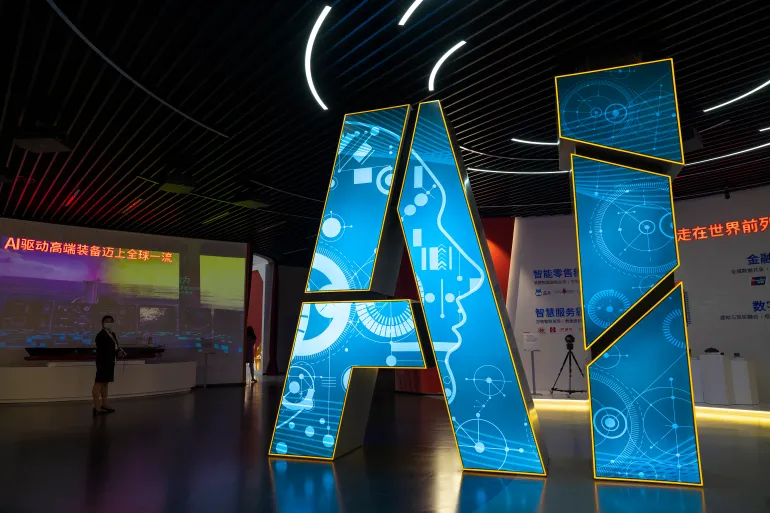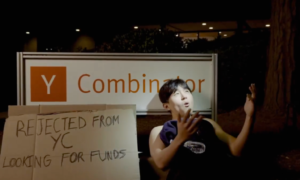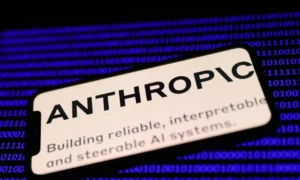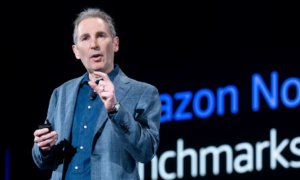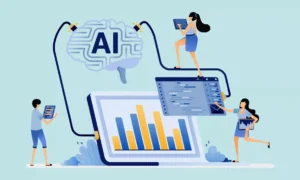Something unusual happened in Ganzhou last week. Media executives from Pakistan, Laos, Kazakhstan, and dozens of other developing nations didn’t gather to discuss traditional journalism challenges like censorship or funding shortfalls. Instead, they came together around a distinctly modern threat: artificial intelligence weaponized to spread false information across their societies.
Their solution was equally unconventional. Rather than appeal to Silicon Valley or wait for international bodies to act, these representatives turned to China’s Belt and Road Journalists Forum with a specific request. Help us build defenses against AI-generated content that’s destabilizing our countries.
The timing matters. As AI tools grow more sophisticated, the line between authentic and manufactured content continues to blur, particularly on platforms like Facebook that serve as information lifelines for billions across Asia, Africa, and Latin America.
The Scope of Digital Disruption
Over 100 delegates from more than 50 countries attended the forum, organized annually by China’s All-China Journalists Association. This year’s gathering included national media association leaders from across the Global South, alongside invited journalists from Western Europe and the United States.
The conversations revealed how AI-generated misinformation operates at scale in developing regions. False content spreads rapidly through Facebook’s Free Basics service, which provides internet access across 60-plus countries where traditional broadband remains expensive or unavailable. For many users, Free Basics essentially is the internet.
Aditta Kittikhoun, who represents the Laos Journalists’ Association and co-founded the RDK Group publishing company, described the platform dependency bluntly: “Facebook has come to enable a new means of distribution for us and so we have to play by the rules of these big platforms if we are to survive.”
His frustration centers on enforcement gaps. While Meta announced plans last year to label AI-generated content across Facebook and Instagram, implementation has proven inconsistent. “We haven’t seen this policy in action in Laos yet,” Kittikhoun noted during Friday’s seminar.
That experience echoes across multiple countries. Pakistan’s media landscape faces similar challenges, according to Tanvir Ahmed Tahir, executive director of the All Pakistan Newspapers Society. He told attendees that AI-generated content was creating a “destabilising effect on society” and formally requested that the forum “devise methods and technologies to fight” artificial intelligence misuse.
Building Collective Leverage
The proposed solutions go beyond individual country responses. Media leaders suggested the Belt and Road network could pressure Facebook and other platforms to implement consistent AI content labeling worldwide. They also proposed verified verification systems for legitimate publishers and enhanced restrictions on accounts that violate community standards.
Think of it as quality control for information flow. Just as financial networks flag suspicious transactions to prevent fraud, these media representatives want systematic flagging of suspicious content to prevent social manipulation.
Khalid Taimur Akram, who heads the Pakistan Research Centre for a Community with a Shared Future, outlined an even broader vision. He proposed creating a verified database of national news agencies across the Belt and Road Initiative’s 150-plus member countries.
“Kazakhstan, Pakistan, Belarus, Russia, all of us, Armenia… we suffer not only from fake news but also from negative propaganda which is done against us, so this can only be countered if we have a joint platform,” Akram explained.
His concept involves using the infrastructure network to distribute verified information through partner agencies, creating an alternative information ecosystem less vulnerable to AI manipulation.
The Platform Accountability Gap
Meta’s oversight board highlighted these enforcement inconsistencies in a June report, criticizing the company’s uneven AI content labeling and urging expanded local language support. The board noted that AI-manipulated media labels often appear only in English, limiting their effectiveness in non-English speaking regions.
This creates a two-tier system where AI-generated content faces stricter scrutiny in developed markets while spreading unchecked through developing countries. The inequality becomes more pronounced given Facebook’s outsized influence in regions where it serves as the primary internet gateway.
Kittikhoun proposed that unified pressure from developing nations could force platforms toward more consistent global enforcement. “If all of our countries can unite and hold these platforms accountable, perhaps labelling AI content that they know to be AI content, that would be a plus.”
[Editor’s note: Meta did not respond to requests for comment by publication time.]
Geopolitical Information Architecture
This gathering represents more than a technical discussion about content moderation. It signals developing nations actively building alternative information structures rather than waiting for Western tech companies to address their concerns.
The Belt and Road framework provides existing diplomatic and economic relationships that could support coordinated media policies. Countries already collaborate on infrastructure projects, trade agreements, and development financing through this network. Adding information verification systems would extend that cooperation into digital governance.
Whether this approach can effectively counter AI misinformation remains an open question. The challenge requires both technical solutions for detecting artificial content and diplomatic coordination across countries with varying media freedoms and regulatory frameworks.
What’s clear is the urgency driving these discussions. AI content generation tools are becoming more accessible and harder to detect. The window for establishing effective countermeasures continues to narrow as the technology advances.
The Ganzhou forum may represent an early attempt at what could become standard practice: regional coalitions addressing global platform governance through collective action rather than individual regulatory efforts.
How will Silicon Valley respond when developing nations coordinate their platform demands? The answer may reshape global information flows.
Source: SciDev.Net

